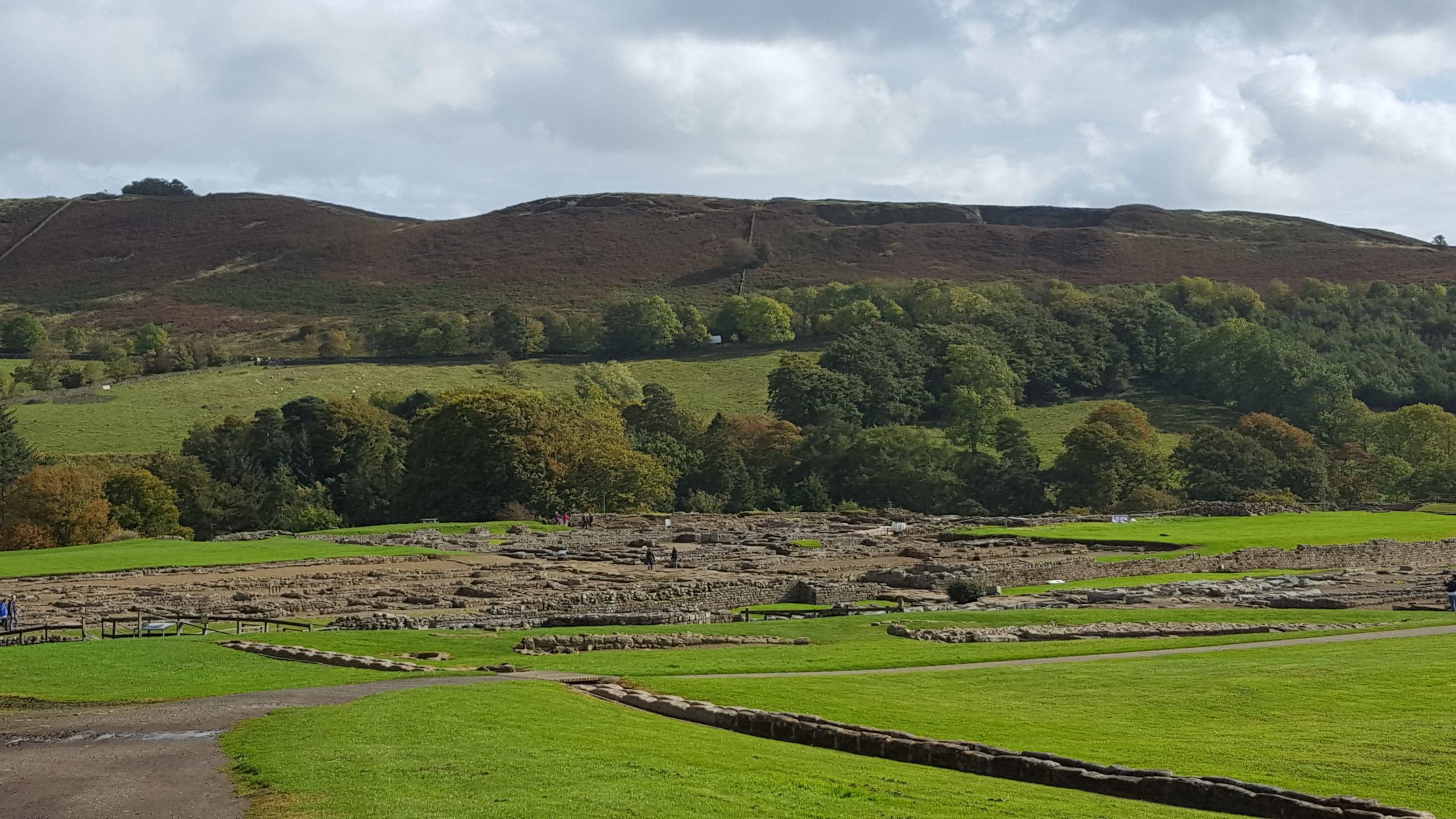Drs G Taylor and C Orr won a new grant to carry out the work as follows.
The Roman Fort site at Vindolanda is known for the exceptional preservation of its finds, among them wooden writing tablets and leather shoes. A recent study into Roman construction practices at the site demonstrated that this preservation extends to the turf ramparts, with plant fibres and seed heads still visible and microbes seemingly surviving within the soils. While that earlier project focused on turf in building, this new one will evaluate what this same material can reveal about the ancient environment. As a pilot study, it will assess the geochemical and microbial conditions, which underpin this preservation, and evaluate the turf blocks’ potential as environmental archives to reconstruct the landscape around the fort through time. Results will inform four smaller-scale follow-on analytical packages and three large-scale interdisciplinary funding applications to investigate the economic and ecological impacts of turf sourcing and turf’s potential as a zero-carbon building material for the future


